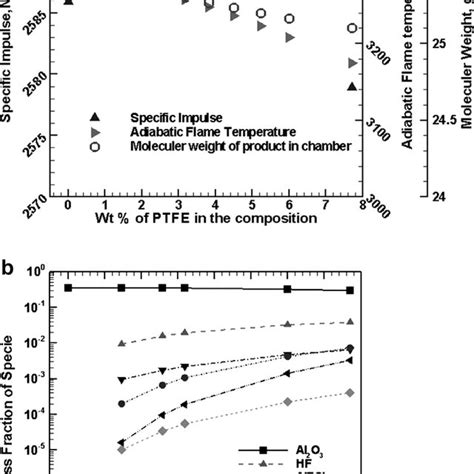
What is the composition of PTFE?
Chemical Formula and Structure of PTFE The chemical formula for PTFE is (C2F4)n, where n represents the number of monomer units that make up the[…]
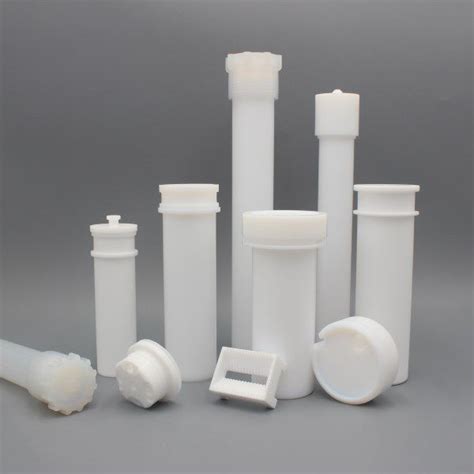
What chemicals are in PTFE?
Chemical Composition of PTFE PTFE is a polymer consisting of repeating units of tetrafluoroethylene (TFE) monomers. The chemical formula of PTFE is (C2F4)n, where n[…]
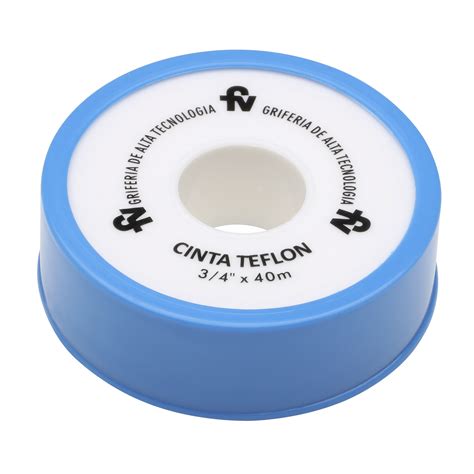
What is the advantage of Teflon or PTFE?
Introduction to Teflon (PTFE) Teflon, the trademark name for PTFE, was accidentally discovered by Roy Plunkett, a chemist working for DuPont, in 1938. Since then,[…]
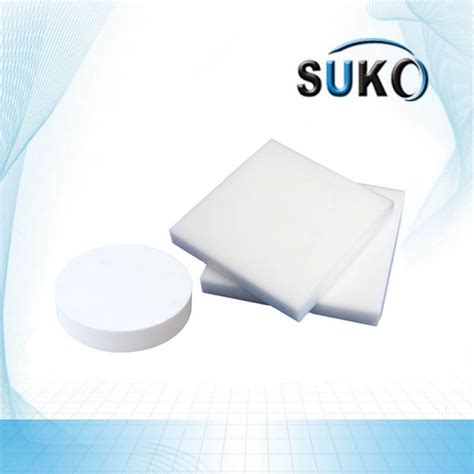
Are Teflon and PTFE the same thing?
What is Teflon? {#what-is-teflon} Teflon is a brand name for a synthetic fluoropolymer of tetrafluoroethylene, which is a slippery, non-stick, and heat-resistant material. It was[…]
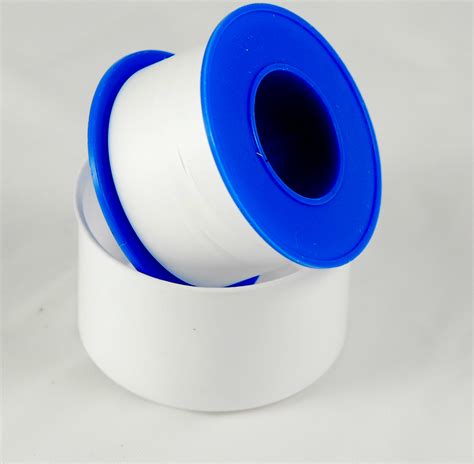
Is PTFE lubricant the same as Teflon?
What is PTFE? PTFE stands for polytetrafluoroethylene. It is a synthetic fluoropolymer of tetrafluoroethylene, consisting of long polymer chains of carbon and fluorine atoms. PTFE[…]
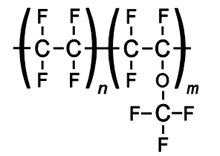
Is PTFE rubber or plastic?
What is PTFE? PTFE is a synthetic polymer consisting of carbon and fluorine atoms arranged in a repeating pattern of -CF2-CF2-. It was accidentally discovered[…]

What are the disadvantages using PTFE?
PTFE Disadvantages: High Cost One of the primary disadvantages of PTFE is its high cost compared to other polymers. The production process of PTFE is[…]
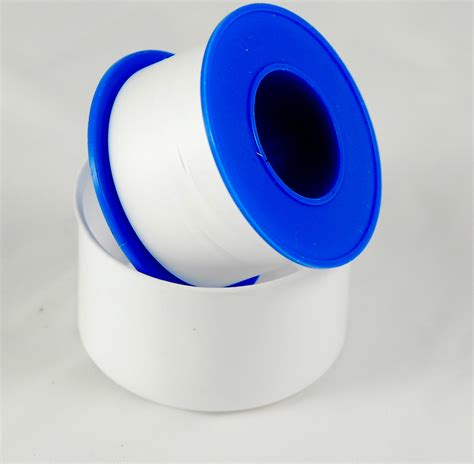
Is PTFE and Teflon the same thing?
Understanding the Basics of PTFE and Teflon Polytetrafluoroethylene (PTFE) and Teflon are often used interchangeably, causing confusion among consumers and even professionals. While they are[…]

What substrate material is used in PCB?
Introduction to PCB substrates Printed Circuit Boards (PCBs) are the backbone of modern electronics, providing a platform for mounting and interconnecting electronic components. The choice[…]
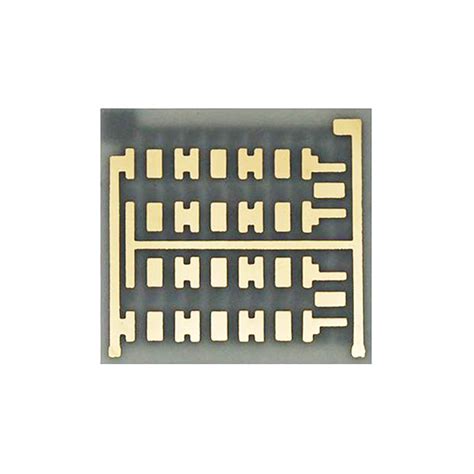
What is the base metal in PCB?
Introduction to Base metal PCB Printed Circuit Boards (PCBs) are essential components in modern electronic devices. They provide a platform for mounting and interconnecting various[…]